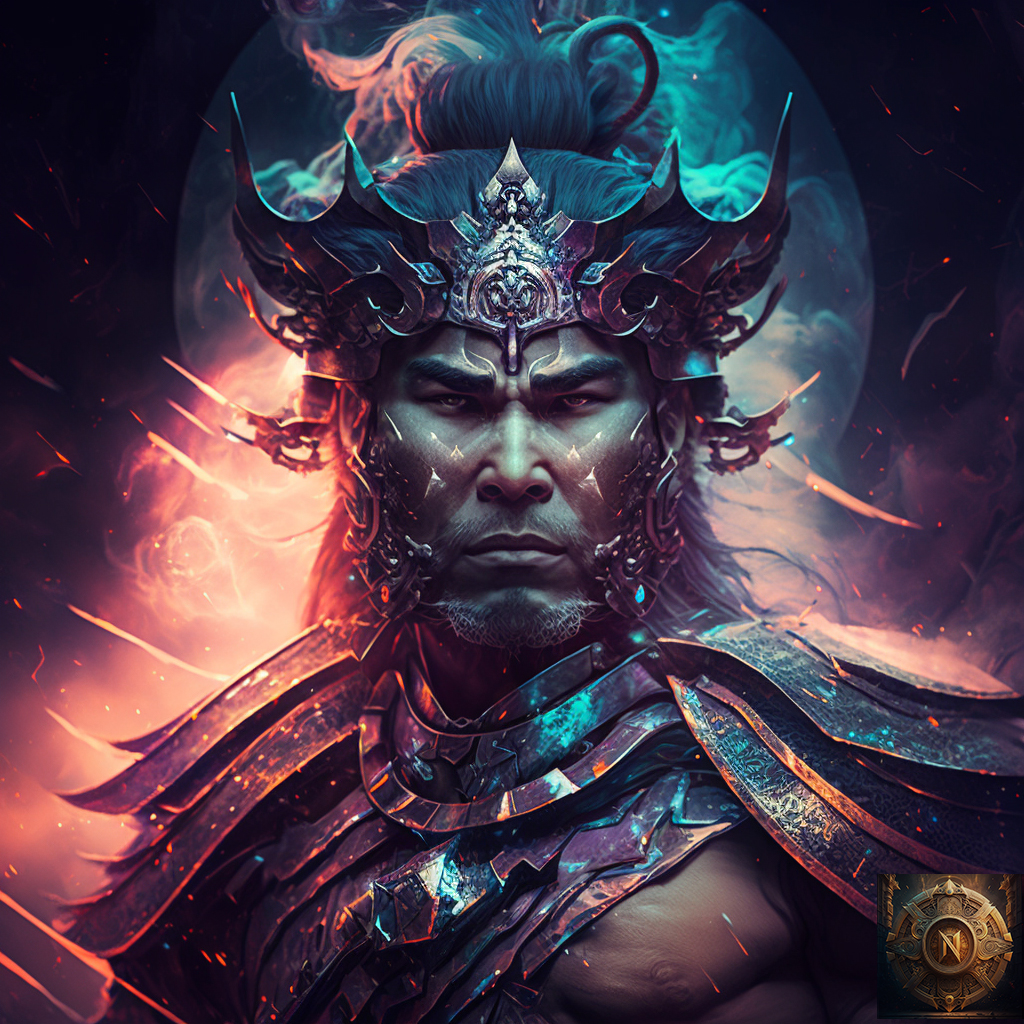Beginning. The Beast: Diving deep into the Divine Masculine through Divine Destroyer. Archetype of the Warrior Attila the Hun.
Written by Nariste Alieva
I know why I came here, to the great land of Macaristan. I am here to explore the roots of the proto-Turks, the roots of the Divine Mother and the roots of the Divine Father. For I want to be whole. Thousands of rivers flow through my veins. The blood of my Kyrgyz father and Uighur mother, the blood of my Russian mother, who shared her milk with me, as well as the spirits of the past, inhabitants of the mysterious land of the Central Asian Steppes.
The myths of Attila are especially close to my vision of the Adil Khan character in the epic I am currently writing – The Journey of Salia to the Underworld. Who is Adil Khan? Adil Khan is a powerful nomadic king warrior who was not only a glorious king, but a true shaman, who possessed shamanic spiritual abilities. He was a true Kara Shaman, for he was able to lead the army of the living and the army of the dead in the Underworld and the Middle World.
Adil Khan reminds me of Attila with his supernatural powers. According to some mysterious epic ballads of Central Asia, preparing for the main battle in his life, Attila deliberately led his innumerable army, if not to a clearly conceived defeat, but at least to the maximum number of losses on his part. Attila needed a strong army of the dead, those whom the Germans reverently called «Einherjers». He did this intentionally, for he had a calling from the ruler of the Underworld, the great Erlik, to form the biggest army of the dead on earth. This army can be present forever. It is believed that Kyrgyz shamans can conduct the armies of the dead of Attila the Hun.
Ancient Huns and Kyrgyz people believed that warriors never die, they become spirits of the underworld and can fight even after death as a horde of the spirits of the God Erlik. The similar belief is present in the militant Germanic myth of Valhalla, a magnificent hall of the slain situated in the afterlife at the great Asgard, where half those who die at the battlefield happen to reside with the God Odin.
Attila, the great Khagan, Emperor of the Hunnic Empire, most commonly known as Attila the Hun, is an idiosyncratic figure who has become more a legend and a myth than man, not least because much of his life and even death is veiled in mystery. He is, perhaps, the most legendary “barbarian” in history. Attila was the lord of a vast empire spanning two continents, but he is best remembered for what he did not conquer – Rome. Though he seemingly had Rome at his feet and mercy in 452, he ultimately decided not to sack the Eternal City, and a year later he had suffered a mysterious death.
Was Attila murdered by his new bride? Many authors and chroniclers have provided controversial answers to the many questions, but the lack of answers has allowed Attila to become not only the face of ancient barbarity and the embodiment of the furious nomadic conqueror, but a truly magnificent, mysterious figure whose life story had a fascinating influence on literature and history.
What is the most notorious aspect of the Attila story? Of course, the central element of the legend of Attila, the Kyrgyz Hun, the great Kagan of all the Huns, and at the same time the master of the militia of the West Roman army — Magister Militum, — is the fact that he was the only one who have allied peoples of the steppes. As a true king, blessed by omnipresent and omnipotent God Tengri, Attila was the only one who has united the divided tribes of Huns, Skiffs and Sarmats, as well as many others: Sarmatians, Dacians, Skirs, Heruli, Alemanni, Thuringians, Neuri, Gepids and others.
Attila, born to a royal Hun family, was the son of Mundzuk and an unknown mother. He and his brother, Bleda, lived a privileged nomadic life of the Huns, a nomadic tribe that had migrated to Europe from Central Asia in A.D. 370.
What is known about Attila was mostly written by Priscus of Panium, Eastern Roman diplomat and historian, who wrote several manuscripts about Attila. During the reign of Attila (434-453), the Hun’s rule expanded to the Danube, with the center in Pannonia, covering the territory from the Volga, Caucasus and to the Rhine.
According to some tengrian legends, Attila found a magical death, thanks to which he became commander-in-chief in the Underworld. Attila died a year after the battle on the Catalaunian fields, choosing a more magically powerful death. He entered Tam (the world of Erlik in Tengrianism) or Valhalla in Asgard (the world of Odin in Nordic mythology), the world of the gods, during his wedding night. It was not for nothing that he took a woman of German blood named Ildiko as his wife. According to the historical version, Attila died of a heart attack of some sort. But dedicated magicians of that era knew that the death by the hand of a woman could give a warrior extraordinary strength in the otherworld.
|
“This article was written during my residency at the Hungarian Writer’s Residence Program organized by Petőfi Agency Nonprofit Ltd. in Debrecen in November and December 2022.” |
